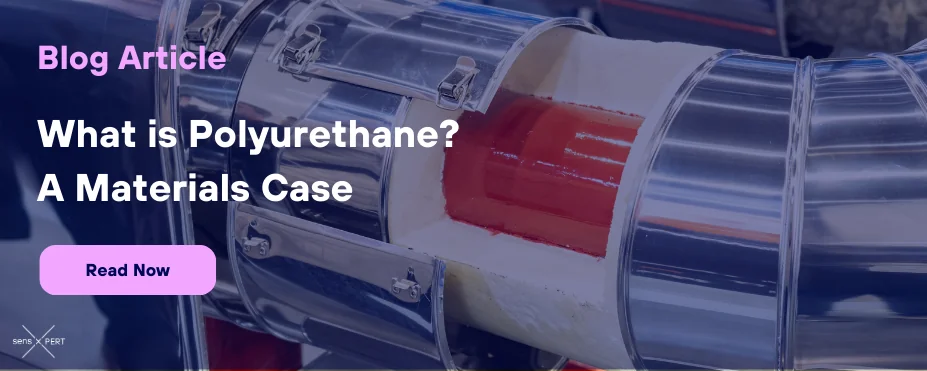Polyurethane (PU)
Polyurethane (PU)
Polymer Type: Thermoset, Elastomer, Thermoplastic Elastomer
Key Properties
- Depending on the formulation, PU can be rigid, flexible, or elastomeric
- Good chemical resistance
- Excellent abrasion resistance
Applications
- Foam: Furniture cushioning, bedding, insulation panels, packaging materials, automotive components.
- Coatings and Adhesives: Protective coatings for floors, furniture, and automobiles, adhesives for construction and bonding diverse materials.
- Elastomers: Wheels, tires, belts, hoses, seals, gaskets.
- Fibers and Spandex: Spandex clothing, synthetic leather.
- Specialty uses: Medical implants, prosthetics, filtration membranes, paints and varnishes.
Additional Information
Polyurethane (PU) is a versatile polymer formed by the reaction of polyols and isocyanates. The wide range of properties available in PU stems from the diverse types of polyols and isocyanates used, and the inclusion of additives and fillers. This allows tailoring PU to specific applications.
The cross-linked structure of PU contributes to its strength, durability, and resistance to chemicals and abrasion. However, certain formulations can be susceptible to UV degradation and require stabilization for outdoor use.
Notes on PU:
- Many PU types exist, each with specific properties and applications. Common types include polyether PU, polyester PU, and cast PU.
- Processing methods like casting, spraying, and foaming influence final product properties.
- Sustainability considerations are becoming increasingly important, with bio-based PUs and recycling efforts gaining traction.
Read our polyurethane material case, ‘What is Polyurethane?‘.
